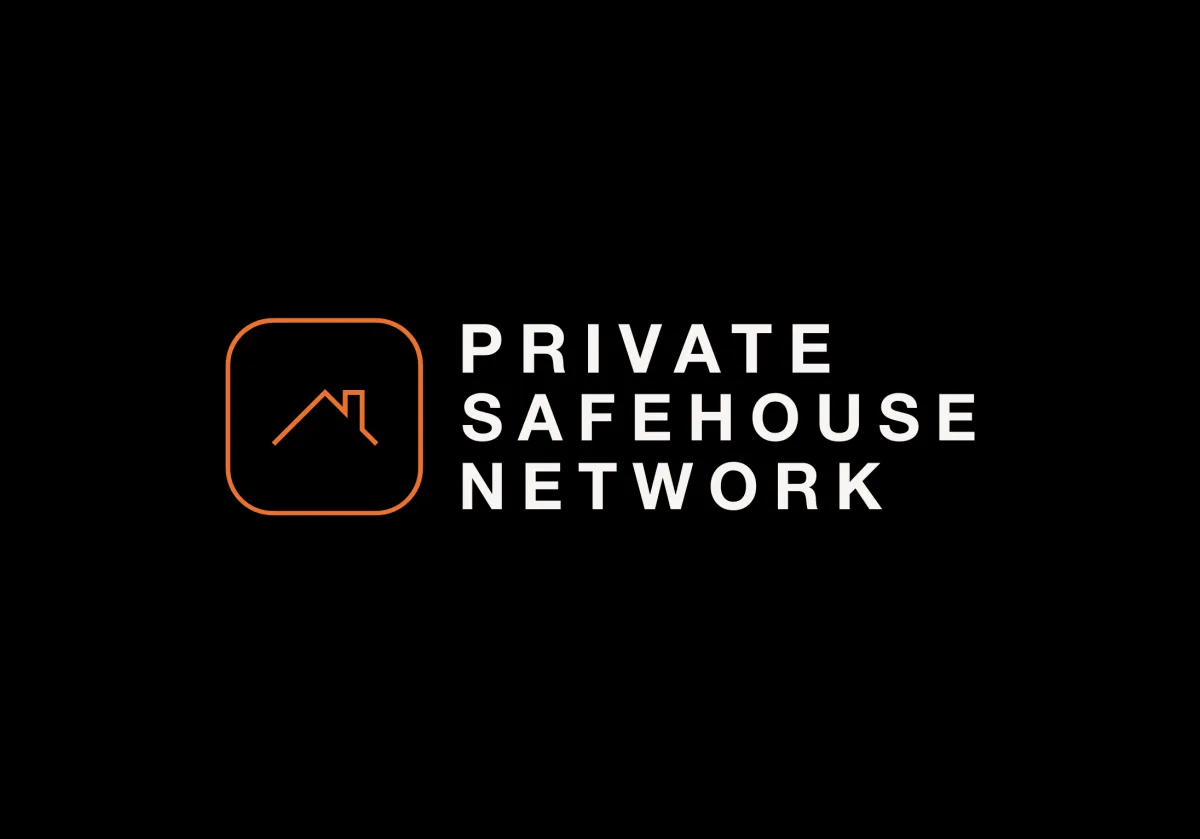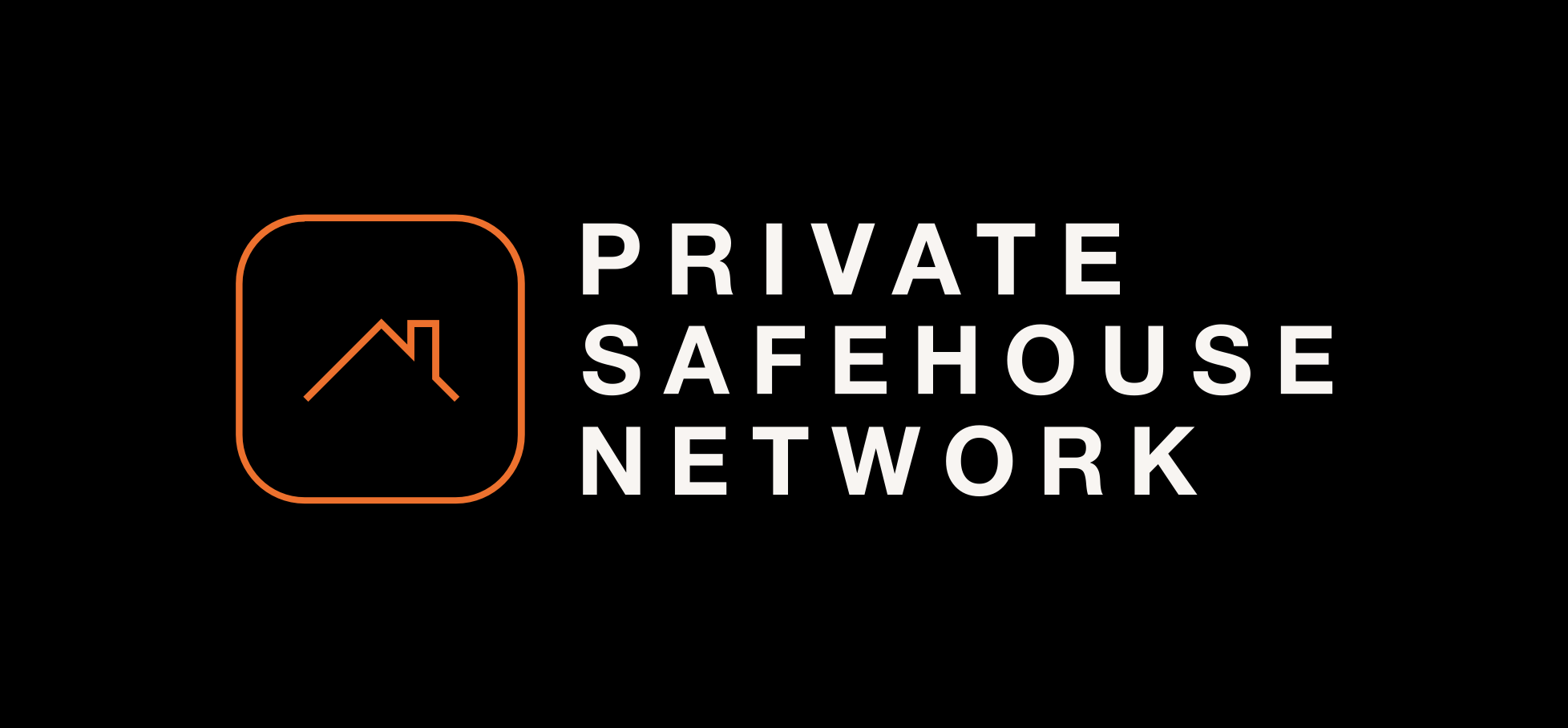Bug-Out or Shelter-in-Place Calculator
Should you stay or go in a given scenario?
Enter your living situation and level of current preparedness to find out.
If the situation score is red (≥ 1.0 → 🔴 ) you are in a BUG-OUT Situation. Get to a green zone immediately.
If the situation score is orange (0.5 – 0.99 → 🟠) you are in a CONDITIONAL BUG-OUT Situation (Bug-Out if you have a pre-arranged safe place to go).
If the situation score is green (< 0.5 → 🟢) you are likely good to SHELTER-IN-PLACE.
Calculator Methodology:
The PSN Threat Probability and Severity Model provides a data-informed risk assessment tool that helps families evaluate whether to shelter in place or bug-out based on their location and level of preparedness. The model examines five key threat categories over a 10-year horizon: natural disasters, grid-down scenarios (EMP, cyber attacks, or solar flares), terror attacks, environmental hazards (such as pandemics, bioweapons, or chemical spills), and civil unrest.
These threats are scored across four location types—major U.S. cities, suburban areas, small-to-medium towns, and rural areas—using both estimated probability and severity of impact. Probability estimates were derived from public data including FEMA’s National Risk Index, DHS's 2024 Homeland Threat Assessment, and NOAA disaster frequency records, while severity scores account for factors like infrastructure dependence, population density, and supply chain fragility.
Each threat is assigned a risk score by multiplying its probability by severity, with results color-coded as green (acceptable, 0–0.49), orange (moderate, 0.5–1.0), or red (unacceptable, >1.0). Preparation levels—from 3-day to 90-day supplies—further reduce risk via modeled discount factors.
Final recommendations are issued based on risk outcomes: shelter in place if the situation score is green, conditional bug-out (to a secure location) if the situation score is orange, and bug-out if the situation score is red. Additional sources informing this model include the GAO’s grid infrastructure vulnerability reports, the CDC's pandemic preparedness strategy, and protest/unrest trends from ACLED. The result is a practical, defensible tool for modern preparedness decisions.
Limitations of the Model: Every situation is different, and no model can account for the unique factors and risks that may shape your particular emergency management situation. The above model is meant to assist in decision-making, but is not meant to replace your own judgement or the official guidance from government authorities. In any emergency situation, you should seek out, carefully consider, and follow the instructions from local, state, or Federal authorities, emergency responders, and emergency management professionals.
Chart: 10-Year Threat Probability and Severity by Location (with Citations
Community insights

No One’s Coming to Save You — And That’s Okay
When disaster strikes, help may not come in time. This post explores why government response often fails—and how families can reclaim peace of mind through personal preparedness, proactive planning, a... ...more
Basics ,Community
July 11, 2025•4 min read

When the News Hits Home: Talking to Your Kids About Tragedy
When disasters like the Kerrville floods dominate the news, kids notice—and parents often struggle with how to respond. This post offers calm, age-appropriate ways to talk with children about tragic e... ...more
Basics ,Current Events
July 10, 2025•3 min read

You Don’t Have to Prep Alone: How Community Can Be Your Greatest Survival Tool
For many families, especially parents concerned about their children’s safety, prepping is a private, overwhelming effort. What if the missing piece of your preparedness plan isn’t more gear — but mor... ...more
Basics ,Community
July 10, 2025•3 min read
PSN educational videos
Videos recommended by members
Natural disasters
Prepping Basics
Bug-Outs and Sheltering
Threats: Grid down
Threats: Terrorism
Threats: Cyberattacks
Luxury and government safehouses

The Private Safehouse Network (PSN) connects families with verified safehouses in case of natural disaster, civil unrest, acts of terrorism and more. Founded by U.S. military veterans, homesteaders, and concerned families, we’re a private network of Americans (both "Guest
© Private Safehouse Network, 2025. All Rights Reserved.
